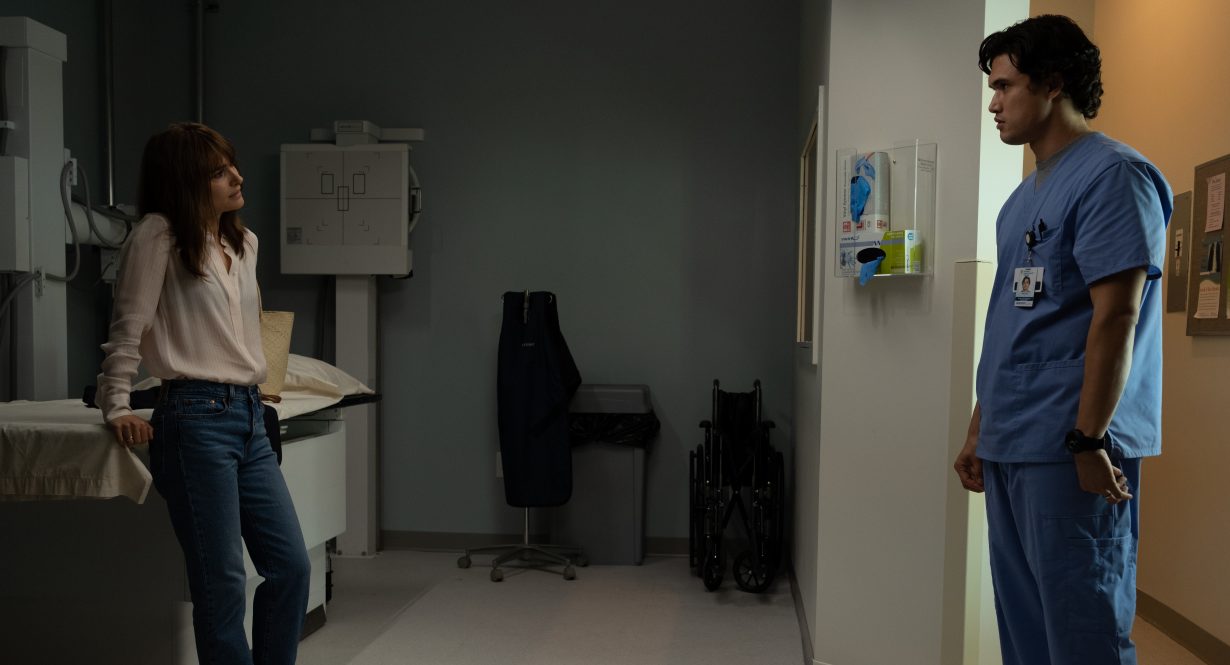The year in film: 2023 had plenty of films for ‘everyone’, but what does that tell us about the state of filmmaking today?
Once the hot-pink hysteria in July surrounding Greta Gerwig’s Barbie died down, there remained one central question: who was the film for? Was its entry-level feminism acceptable because it was a film for children, learning about the world’s ills for the first time? Or was it speaking to an older generation of people leaning into their nostalgia and who might be better equipped to understand its more adult references? Perhaps part of the film’s problem was its attempt to do both. Ultimately, it didn’t matter – Barbie, grossing over $1 billion at the box office, was a film for everyone.
In fact, 2023 had plenty of films for ‘everyone’, an unshapen, homogenous mass of a public audience targeted by mainstream filmmakers through broad narrative themes and non-specific references. Films were praised for their ‘universality’, their ability to take personal stories and strip them of all their intimacy so that as many people as possible could relate to them. This is a business tactic; ‘Not only the social value of something but also its economic viability depends on how shareable it is’, wrote Jeremy D. Larson in his 2019 New York Times essay ‘Why Do We Obsess Over What’s Relatable?’. As a result, films were underwritten and characters were underdeveloped: in Celine Song’s Past Lives or Andrew Haigh’s All of Us Strangers, two independent successes of the year, viewers learn little about the central characters other than how they have (very broadly) been shaped by (the equally very broad concepts of) love or loss. Claims that these questions of identity are part of the films’ design, and not unambitious writing cop-outs, are spurious.

This year’s horror favourite, Talk to Me by brothers Danny and Michael Philippou, also struggled to break out from the grief-as-metaphor bracket, even if it managed more effective jump scares and creepier imagery than other recent horrors. Films like Close by Lukas Dhont or Darren Aronofsky’s The Whale dialled the emotional manipulation up to one hundred, as if squeezing by hand the tears from audiences’ eyeballs. But hey: if it makes you cry, it must be good. These films all took from their audiences without giving much back, leaning into the notion of audience self-recognition as effective storytelling. They forwent specificity in favour of scope, asking viewers to project their own experiences and feelings onto a blank canvas narrative. Many of these films also capitalised on representational politics, posturing as ‘specific’ by centering marginalised identities while denying characters anything more than facile treatments.
Barbie achieved this on a narrative level (America Ferrera’s speech, anyone?) but it also raised interesting questions around mass experience and participation in its status as a cultural phenomenon; the collective conversation around the film and its release-weekend partner, Oppenheimer, monopolised the film industry for weeks and boosted the box office, albeit momentarily. The ‘Barbenheimer’ whirlwind was both extremely contemporary – a product of organic social media virality and sheer meme-power – and age-old, given that both films were effectively traditional ensemble blockbusters with audience-commanding directors and big-studio backing. But did Barbenheimer really bolster confidence that an appetite for cinema still exists? Could it be replicated with any other two films if enough people tried? What was crucial was the legibility of both Christopher Nolan and Gerwig as current filmmakers and their stories as cultural products, especially in the case of Barbie. After all, Barbie dolls are probably as ubiquitous as love or loss – it’s all commodified in the end; and so the mass entertainment and smaller indies meet, both capitalising on emotion.

The sustainability of success following these mass-market studio releases remains to be seen, and certainly there needs to be more than one or two cinematic hits per year to ensure a lasting post-COVID recovery. Yet, even if either of these films can light the spark, they will only further a regressive habit: selling audiences on stories they will understand, and ignoring the need to foster a culture of cinematic conversation and conflict beyond these. While these criticisms of universality and relatability may seem like petty gripes at a narrative level, the through-line to something more insidious in the industry is all too apparent. This was a year marked by industrial action, as both writers and actors railed against grossly unfair contracts and studio exploitation. A key facet of the SAG-AFTRA strike was their opposition to the use of AI in creating digital replicas of actors, to be used as studios desired without prior consent. As movie narratives become more generic and superficial, so too do their means of production. Is a film industry where trope-laden, ‘universal’ stories get played out by a catalogue of AI-generated performances really that far-fetched, when even recent independent films too have begun to feel so engineered – deliberately or otherwise? After all, this is art as ‘content’, for which there is an increasingly insatiable appetite – how can as many people as possible respond to a piece of culture and thus justify the churn of subpar media output? How can cinema become as bland as possible to ensure maximum reach? ‘We exit the movie theater to a bright realization: our films are exactly as overlit as our reality. As our environment has become blander, it has also become more legible – too legible,’ wrote the editors of n+1 this year in ‘Why Is Everything So Ugly?’.
An anomaly: Todd Field’s Tár, a twisted psychodrama about a celebrated conductor, certainly was not a film for ‘everyone’. But how wonderfully so, given the range of opinions and ideas the film spawned. It felt like the kind of mid-budget movie the industry has been sorely missing, a divisive word-of-mouth hit with ideas and provocations. May December, directed by Todd Haynes, was an equally provocative triumph, a deliciously funny and tragic critique of performance and artifice through the relationship between an actor and a woman at the centre of a tabloid scandal.


These were matched, perhaps, by Martin Scorsese’s certainly not mid-budget Killers of the Flower Moon, which recounts the murders of members of the Osage Nation in the 1920s over oil rights. It was divisive for its handling of an incredibly sensitive history alongside the conundrum of who is allowed to tell certain stories. Though, given Scorsese’s stature as a filmmaker, it was hardly a gamble for producers and distributors. A narrative gambit at the end of Killers sees the director take aim at the notion of mass entertainment and his own implications in it – the sensationalisation of true crime, in particular, and the ubiquity of morbid curiosity in today’s audiences. May December was similarly interrogative of this while Tár’s cancel culture commentary also pointed the finger, even if who it was pointed at was up for debate. Conflict was part of these films’ design and they were all the more interesting for it.
The question of who films were made for, then, was inextricable from that of who they were made by. Storytelling, as a practice, was examined through both content and form; the Osage Nation were involved across the production of Killers, allowing for an important emphasis to be placed on their knowledge, their detailed understanding of their own history; in Haynes and Field’s films, the question of finding narrative ‘truth’ in the stories, or lives, performed by others was integral. These films used storytelling as a metatextual device to reach for the fascinatingly illegible, for the ideas that confuse us in their opacity or haunt us in their proximity to something close to a personal truth. Theirs was a focused kind of emotion and empathy, while leaving space for the rough edges we know of real life. Too many other films this year demanded mass understanding while studios demanded the mass submission of a workforce; both were efforts to smooth out the landscape of cinema until its artistry disappears. But if filmmaking can reject mass appeal as a business model, this pink period might be followed by a purple patch.
Caitlin Quinlan is a film critic and writer from London
